WLG-Spot1
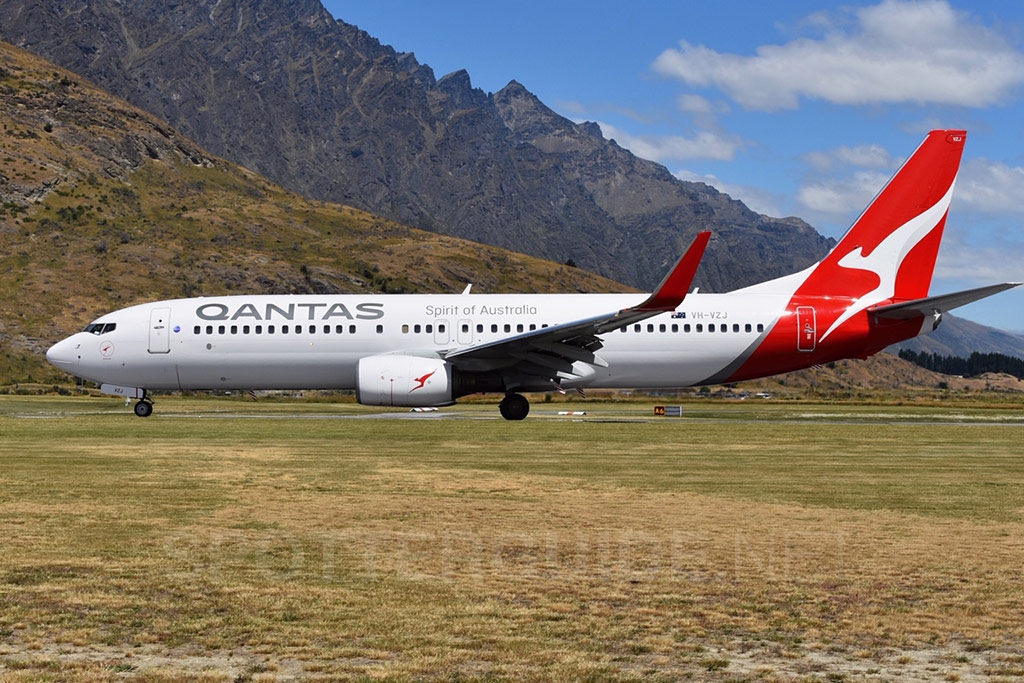
Queenstown Intl. Airport – Spotting Guide
February 4, 2019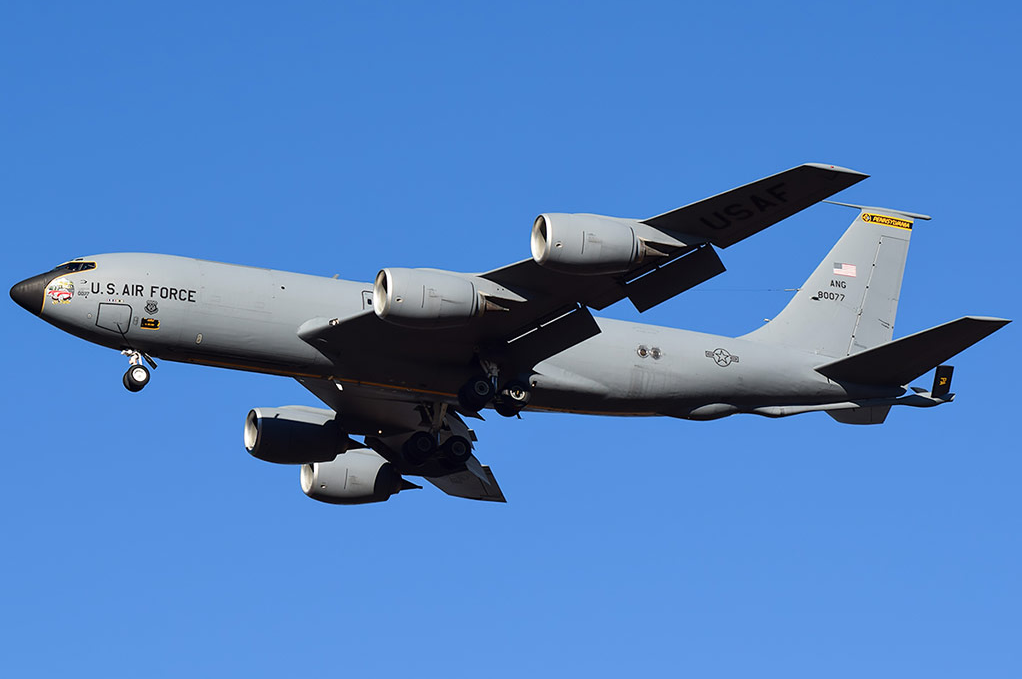
Pittsburgh Intl. Airport – Spotting Guide
February 13, 2019
Queenstown Intl. Airport – Spotting Guide
February 4, 2019
Pittsburgh Intl. Airport – Spotting Guide
February 13, 2019Wellington Intl. Airport – Spotting Guide

Wellington International Airport serves New Zealand’s capital city. The airport is sited on the Rongotai isthmus, a stretch of low lying land between Wellington proper and the Miramar Peninsula; it lies 5.5km (3 miles) southeast of the city centre. The airport is bordered by residential and commercial areas to the east and west, Wellington Harbour to the north and Cook Strait to the south. Wellington handled over 6.2 million passengers in the year to the end of June 2018, making it the third busiest airport in New Zealand by passenger traffic after Auckland and Christchurch. In terms of aircraft numbers, in the same period Wellington saw a total of 100,696 movements, putting it in fourth place nationally after Auckland, Hamilton and Christchurch.
Never mind Chicago, Wellington is officially the world’s windiest city, and therefore the airport has a reputation for rough and turbulent landings due to the channelling effect of Cook Strait creating strong and gusty winds, especially in pre-frontal north westerly conditions.
The airport is a hub for Air New Zealand and its Air New Zealand Link subsidiaries, operating a combination of A320, ATR72 and Dash 8 aircraft on an extensive domestic network as well as on international routes to eastern Australia, plus a seasonal route to Fiji. Other operators include Jetstar with A320s and Dash 8s operating domestic flights, plus an international link to Gold Coast, Qantas operating 737-800s to Sydney and Melbourne, Virgin Australia with 737-800s to Sydney and Brisbane, Fiji Airways with 737s to Nadi and Singapore Airlines operating 777-200 aircraft to Singapore via Melbourne four times weekly. Smaller domestic operators include Sounds Air operating Cessna Caravan and PC12 aircraft and Air Chathams which still operates their Convair 580 aircraft on twice weekly services to the Chatham Islands.
Away from the airport, Wellington is set on a number of hills which could provide extra vantage points for aircraft photos, especially around the Hataitai area.
Written by Clive Grant, James Kirkland and Jan Seba. Last Change: July 2024 (new Spot 2 added)
| Rating | |
| Movements | |
| Airline Variety | |
| Photo Locations | |
| Weather | |
| Airport Information | |
| Runways | |
| 16/34 | 2,081m (6,827ft) |
| Terminals | The airport has a single passenger terminal with three piers which handles both international and domestic flights. |
| Spotting Information | |
| Ladder | Not essential, but a 3-step ladder would be useful at several of the spots (see description). |
| Car/Public Transport | Coutts Street crosses under the runway at about the half way point, making all spots, except Spot #3, accessible on foot from the terminal within about twenty minutes. Spot #3 could be accessible on foot in about forty minutes, but it’s much better with a car as you can use the car to get between the spots easily, especially as the sun moves around or if there’s a runway change. |
| Restrooms | In the terminal or in eateries near some of the spots. |
| Drinks/Food | In the terminal or in eateries near some of the spots. |
| Hotels | Connected to the airport is the luxury Rydges Wellington Airport Hotel, and just north of the terminal is the Airport Motor Lodge. A cheaper option is the Airport Motel on Lyall Parade to the west of the airport. |
| Season | The summer months between December and February are probably the best time to visit as the temperature rarely goes above 25 degrees. This is also the busiest period with tourists so logically, you would expect this to be the busiest period for the airport too. Spring from September to November and autumn from March to May are also considered good times to visit Wellington, though the weather may be less predictable. |
| Runway Usage | |
| 16/34 | It is the only runway and the use of either end is entirely dependent on the direction of the wind. |
| Spot #1 – South end of Stewart Duff Drive – 34 arrivals | |
|---|---|
| WHERE | From the terminal, walk south along Stewart Duff Drive to the end of the road. Cross over into the scrubland south of Moa Point Road and choose your spot to take landing shots on a small mound next to the water. The walk takes ten to fifteen minutes. If coming by car, there are free parking spaces on Moa Point Road. |
| WHAT | Runway 34 arrivals only, with a clear sky behind. |
| TIME | Mornings until about 1pm. |
| MISC. | There is no shade here and there are no facilities, so bring what you need. |
| FOCAL LENGTH | You can choose the angle you prefer for your photos; 100-300mm will pretty much cover everything from here. The Dash 8-300 was taken at about 220mm. |
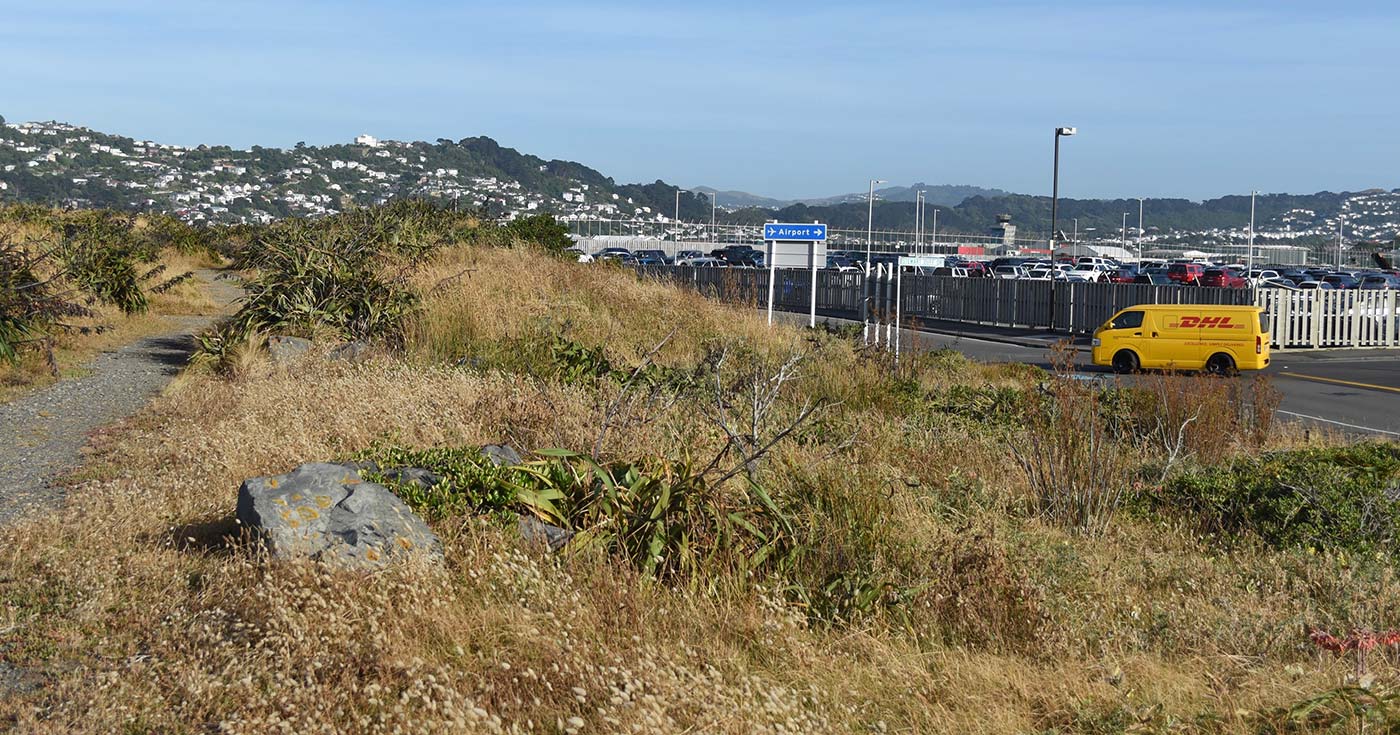
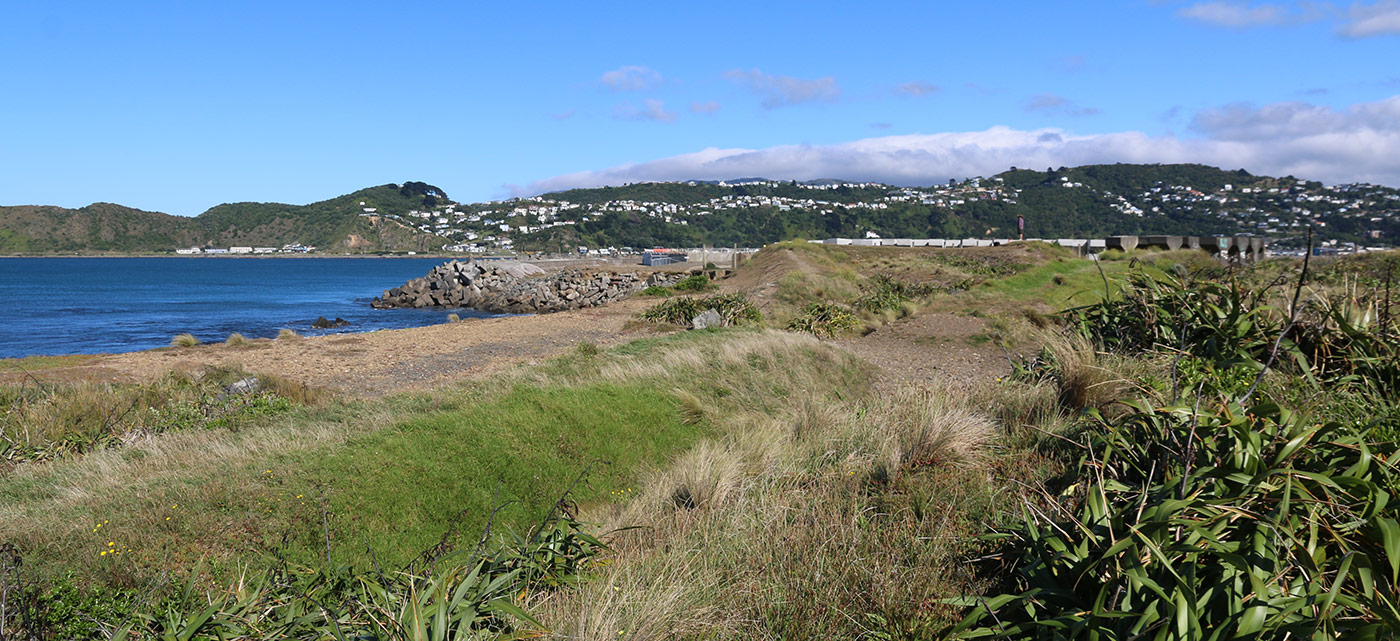
| Spot #2 – Tirangi Road – 34 departures | |
|---|---|
| WHERE | Located halfway up Tirangi Road. There should be small bank on left of road with little path going up. Shooting from there is optimal. No problem parking there as carparks all along the street. To get there by bus catch number 2 and get off at Salek Street stop. From there about 10-15min walk. No ladder required. |
| WHAT | From midday until sunset all year round. |
| TIME | From midday until sunset all year round. |
| MISC. | Dairy at end of road for food and drinks but other than that there are no other facilities. |
| FOCAL LENGTH | 100mm APS-C for 737-800, A320-200 |
 |
Spot #3 – Vista below Kekerenga Street Play Area – 34 arrivals & departures; 16 departures |
|---|---|
| WHERE | There is an awesome viewing point which overlooks the whole airport, called “Kekerenga”.
By car: Driving from the terminal, head north on Stewart Duff Drive and turn right at the roundabout onto Broadway. Take the first right onto Monorgan Road and after the sharp left hand bend turn right into Sidlaw Street. Where the road starts to bend left, turn right into Ahuriri Street. Take the second right onto Kekerenga Street and park near the children’s play area on the right hand side and park there. Now follow the path between the play area and the bus stop down to the vista. Bus route 12/12e routes to Spot #3 but it doesn’t run from the airport; it only runs along Cobham Drive, to the north of the airport. On foot: From the terminal it is a walk for about 15-20 min. Just walk on the sidewalk southwards along the golf course and take the next left to go up to the hill. |
| WHAT | You get a fantastic overview of the whole airport from here, but this spot is mainly good for Runway 34 arrivals and departures. Taxiway shots are possible too but traffic is so close to the huge airport fence that you will have parts of it in your photo. 16 departures provided they’re not too high by here. Most 16 arrivals are likely to have turned off before the end of the runway. |
| TIME | Mornings until about 1pm. |
| MISC. | Due to the distance involved, heat haze is likely to be an issue on hot days, particularly for the smaller aircraft. There are no facilities here so bring what you need. |
| FOCAL LENGTH | A 300mm lens is OK for an A320 or 737-800 from here. Smaller types will clearly need a larger magnification lens although, with a 300mm lens, you may be able to crop photos of ATR72s and Dash 8s without losing too much definition. |
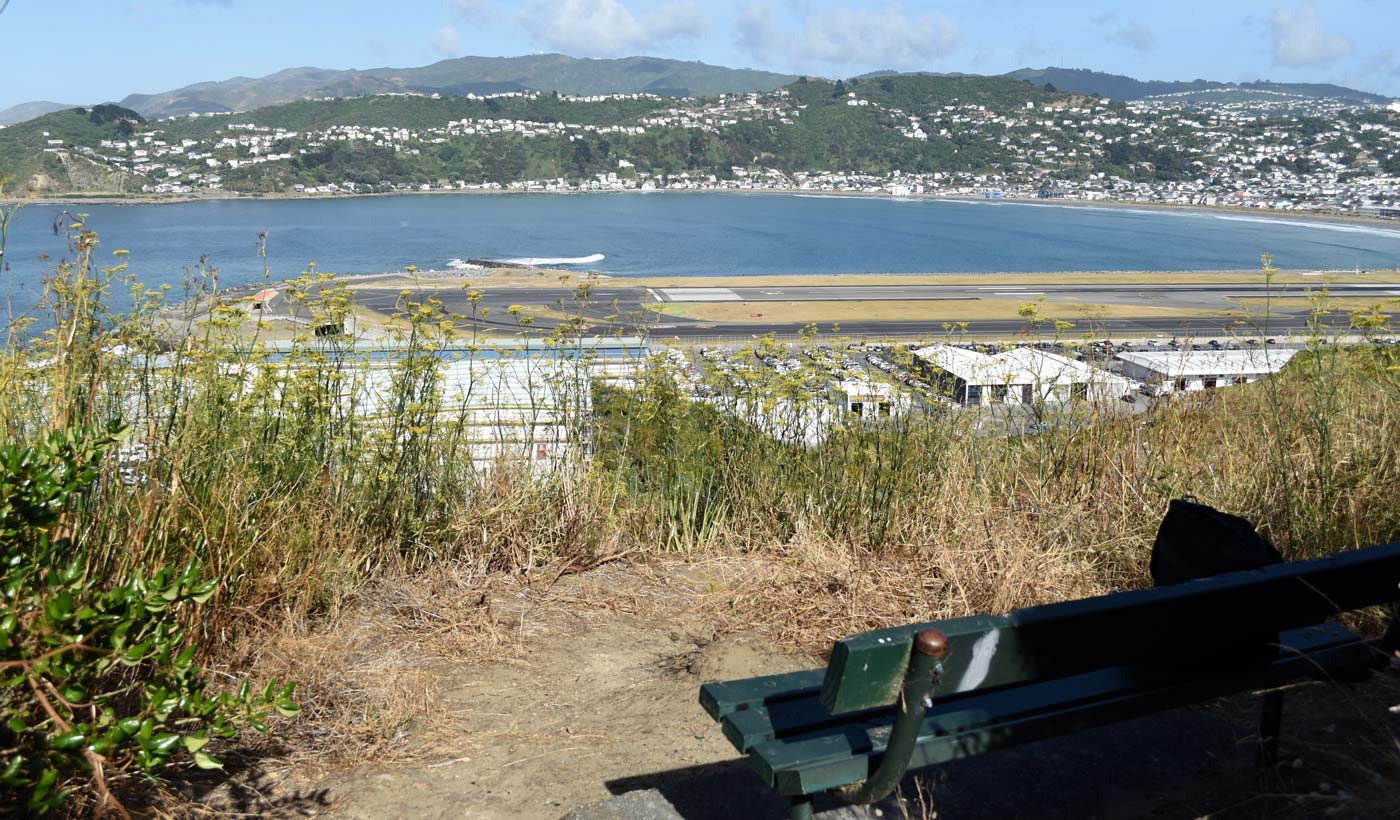
| Spot #4 – Upstairs in the terminal – All runway and adjacent taxiway traffic; traffic on adjacent stands |
|
|---|---|
| WHERE | Take the stairs to the upper level of the terminal at Wellington International Airport. There are large windows overlooking the runway, taxiway and adjacent gates. It’s even possible to photograph traffic taxiing to or from the domestic pier as you don’t need a boarding pass to access the pier; you’ll just need to go through a security check. |
| WHAT | All traffic on the runway and parallel taxiway; traffic taxiing to and from the stands in front of the windows. |
| TIME | Mornings until about 1pm is best for traffic on the runway and parallel taxiway, but photos of the turboprops south of the domestic pier can be taken well into the afternoon. |
| MISC. | Everything you need is available in the terminal. |
| FOCAL LENGTH | From about 40mm up to 300mm should cover almost everything from here. An ATR72 or Dash 8-300 on the runway needs about 270mm. |
| Spot #5 – Broadway roundabout – 16/34 arrivals & departures | |
|---|---|
| WHERE | From the terminal, walk north on Stewart Duff Drive to the second roundabout, (at the junction with Broadway). Just northwest of the roundabout is a small field adjacent to the airport fence. It’s only about a five minute walk from the terminal. |
| WHAT | As you are in the middle of the runway, all traffic on the runway is possible; larger traffic on the parallel taxiway may be too close for good photos. |
| TIME | Mornings until about 1pm. |
| MISC. | A 3-step ladder is handy for taking photos over the fence here although, if you step back from the fence, some traffic climbing away from Runway 34 can be taken above the fence. Otherwise photos can be taken with care through the wire fencing. There is a Burger King restaurant on the other side of the roundabout and other shops and eateries are nearby. Some shade is available in the shadow of the large poster screen. |
| FOCAL LENGTH | 40-300mm will cover most things from here. The Dash 8-300s on the runway need about 220mm. |
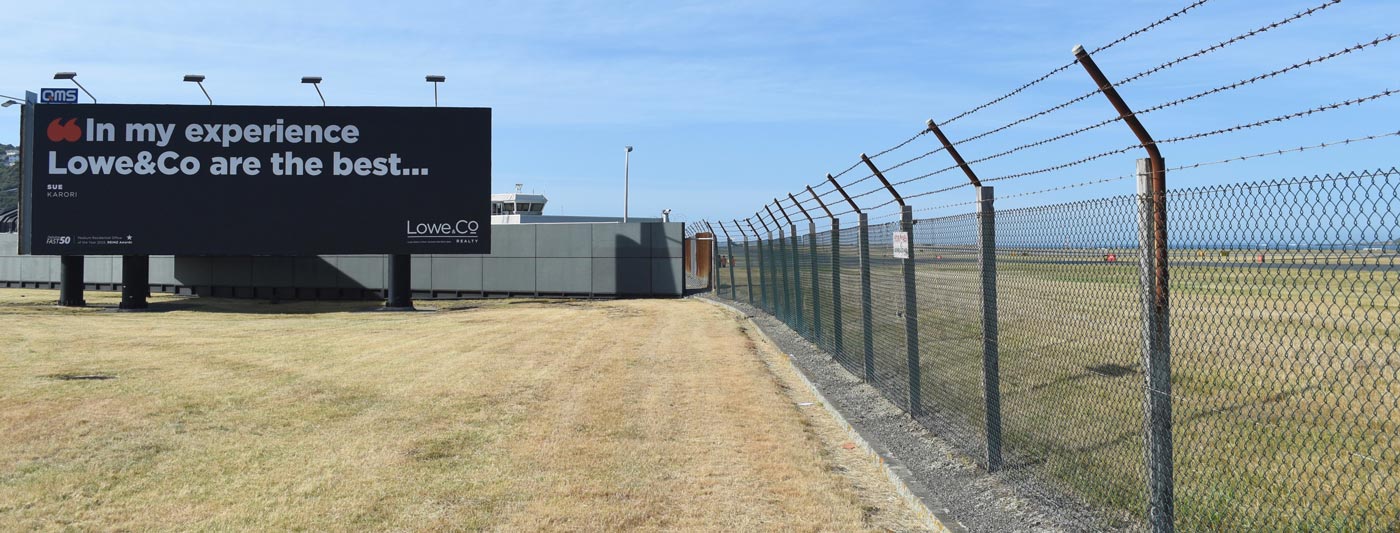
| Spot #6 – Wexford Road vista – 16/34 arrivals & departures | |
|---|---|
| WHERE | From Spot #5, continue north on Calabar Road and take the third junction on the right. Turn immediately left, and where Wexford Road bends off to the right, turn left into the small parking space overlooking the runway. It’s about a 10-12 minute walk from Spot #5. |
| WHAT | This spot is best for Runway 16 arrivals and departures using the full length. Slower climbing 34 departures are possible from here but other traffic could be a little high. |
| TIME | Mornings until about 1pm. |
| MISC. | You have a good raised position here above the runway so a ladder is not necessary, although lamp posts can get in the way of traffic taxiing out for an intersection departure. There are no facilities here so bring what you need. |
| FOCAL LENGTH | You’re pretty close to the action here, so 40mm is all you need for an A320/737-800 on the taxiway; otherwise up to 300mm should cover all runway traffic from here. |
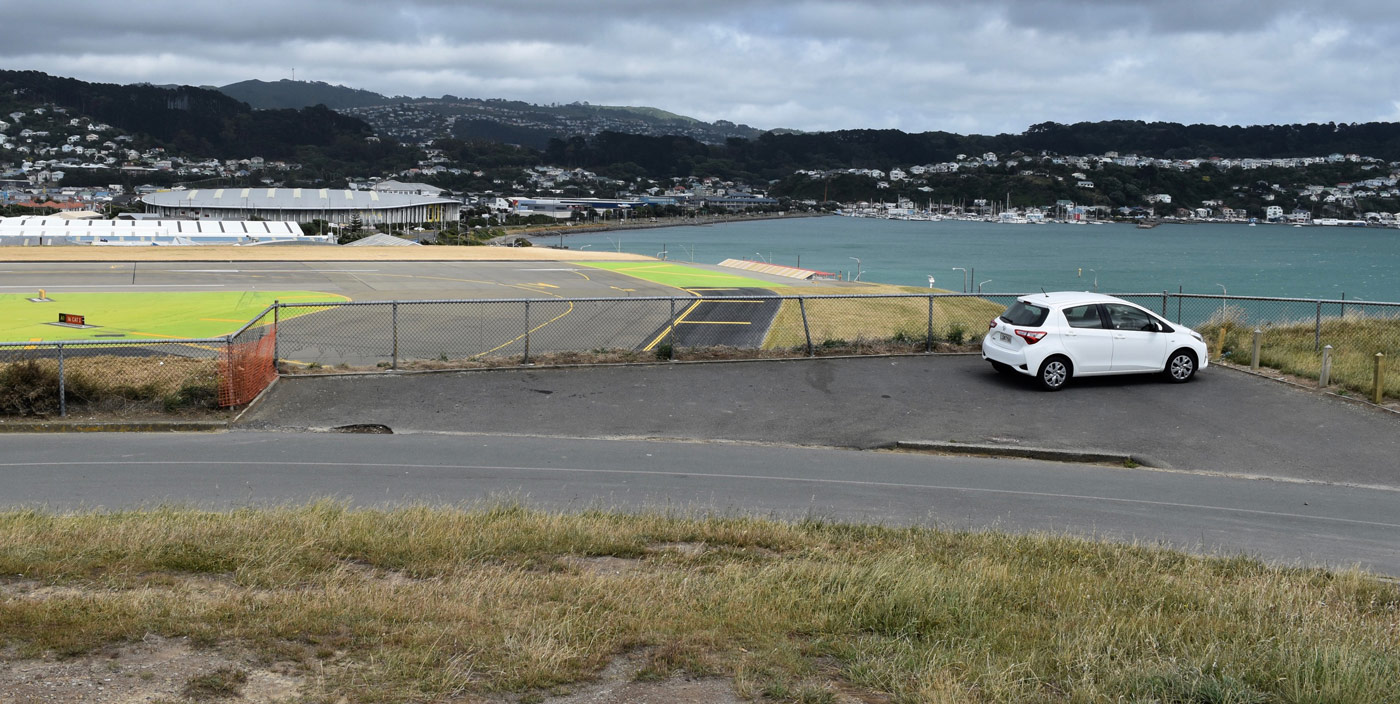
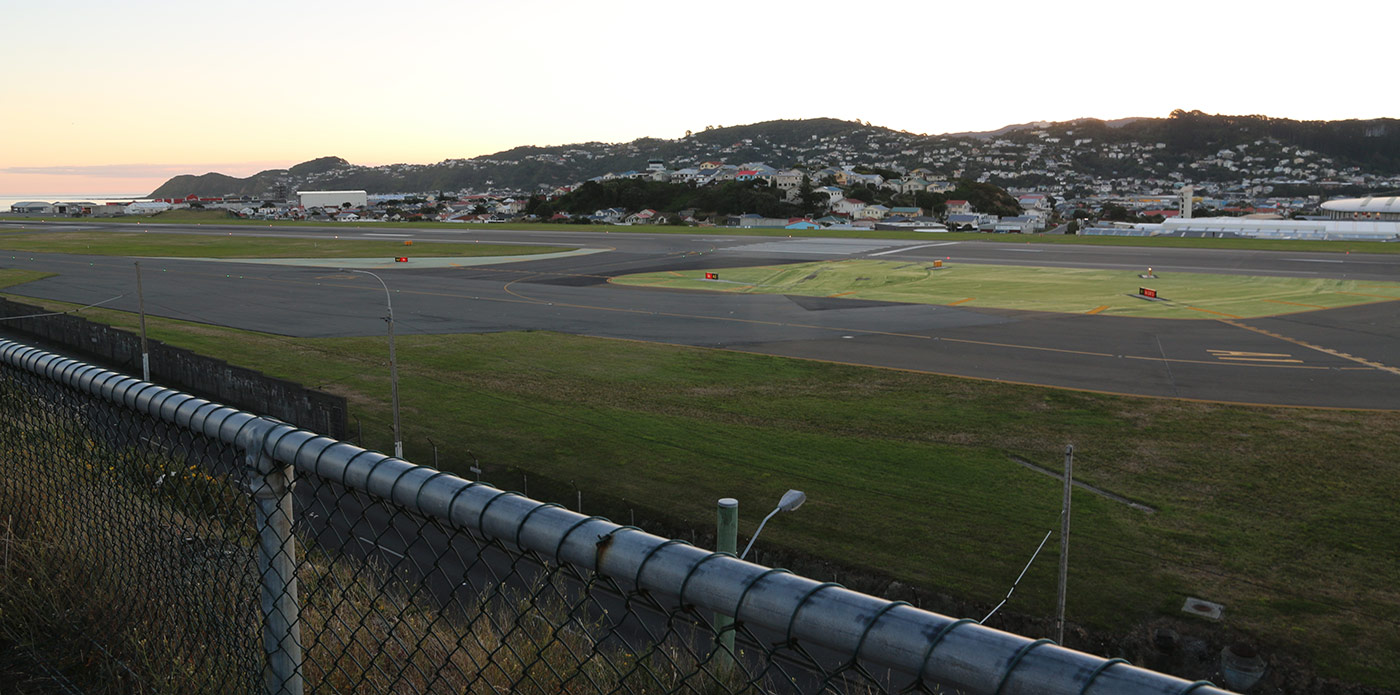
| Spot #7 – Evans Beach – 16 arrivals |
|
|---|---|
| WHERE | The spot is to the north, along the water at Evans Bay. If coming from #6 go back on Calabar Rd and at the next roundabout take the first exit to Cobham Drive. From there drive till the next roundabout to make a U-Turn and take the last exit to drive the way back. Immediately take the next exit to your left and park your car at Evans Beach. Walk along the water till you find your prefered position. Also easy to reach by foot if coming from #6. Just continue on the sidewalk northwards on Calabar Rd and cross Cobham Drive to reach the water. |
| WHAT | Runway 16 arrivals only, with a clear sky behind. |
| TIME | Afternoons from about 3pm. |
| MISC. | Nothing nearby, just a small “beach”. |
| FOCAL LENGTH | A320/737-800 = 200mm; Dash 8-Q300 = 320mm For smaller props at least 450-500mm |
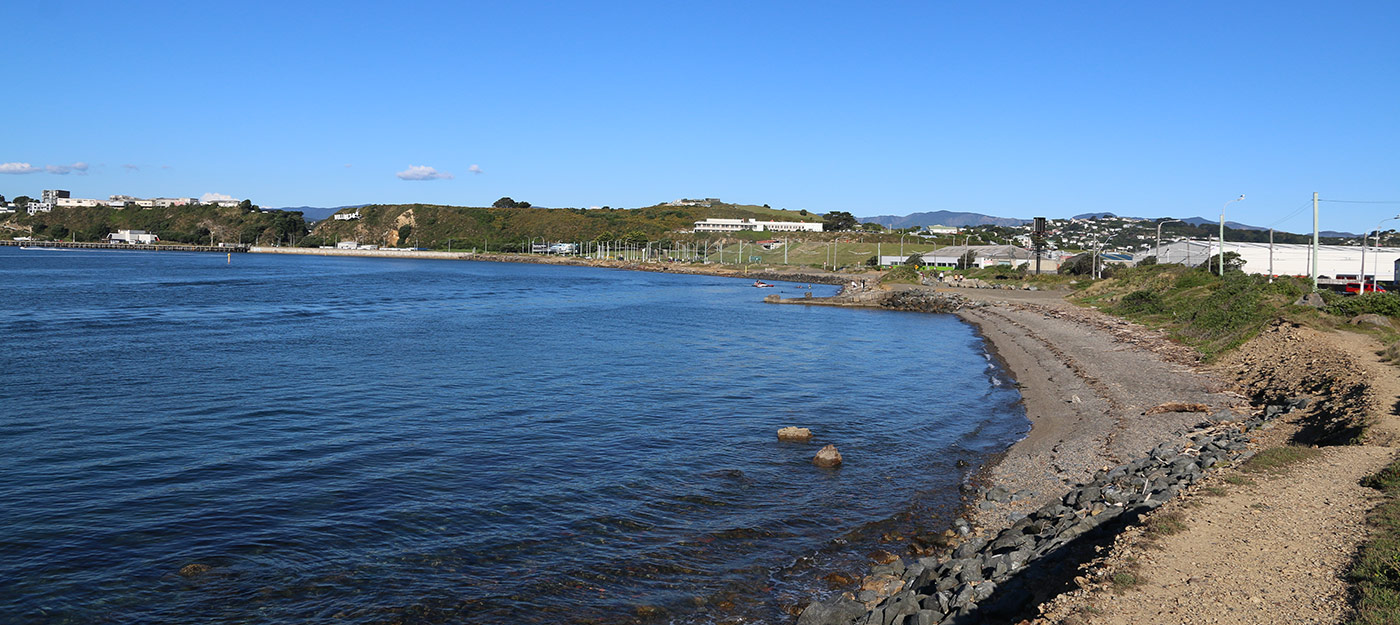
| Spot #8 – Coutts Street -16/34 arrivals & departures | |
|---|---|
| WHERE | It’s on the opposite site from Spot #5. From there cross back over the dual carriageway and drop down into Miro Street. Turn left at Miro Street and left again onto Coutts Street to take the pedestrian tunnel beneath the runway. On reaching the end of the tunnel, turn left into the small field with a bench. The walk from Spot #5 takes about seven minutes. BY CAR: From the terminal, route north on Stewart Duff Drive and Calabar Road. Turn left at the roundabout by the bay and turn left again at the next roundabout onto Troy Street. At the next junction, take the slight left turn onto Salek Street and at the end of the street turn left into Coutts Street. Route straight across the next roundabout and park on the left before the tunnel. Spot #9 is in the field on the right. |
| WHAT | As you are in the middle of the runway all movements on it and the parallel taxiway can be photographed. |
| TIME | Afternoons from about 3pm. |
| MISC. | A 3-step ladder is handy for taking photos over the fence here, otherwise photos can be taken with care through the wire fencing. There are eateries not far away but it’s probably best to bring what you need. There is no shade here but free parking is available. |
| FOCAL LENGTH | Up to 300mm should cover everything from here. An A320 needs 60mm on the runway or 80mm on the taxiway beyond. A Dash 8-300 needs 100mm on the runway or 135mm on the taxiway. |

| Spot #9 – Tirangi Road – Traffic parked on the western apron | |
|---|---|
| WHERE | From Spot #9, route west along Coutts Street to the roundabout and turn left onto Tirangi Road. On the left between the avenue of trees, there are a couple of turn offs which lead up to the fence overlooking the western apron. |
| WHAT | Traffic parked on the western apron. |
| TIME | Afternoons from about 3pm. |
| MISC. | A 3-step ladder is handy for taking photos over the fence here, although photos can be taken through the wire fencing. There are eateries not far away but it’s probably best to bring what you need. If coming by car, it’s best to take your photos here and then move to another location. |
| FOCAL LENGTH | It depends on where the traffic is parked but 50-200mm should be OK for most things. |
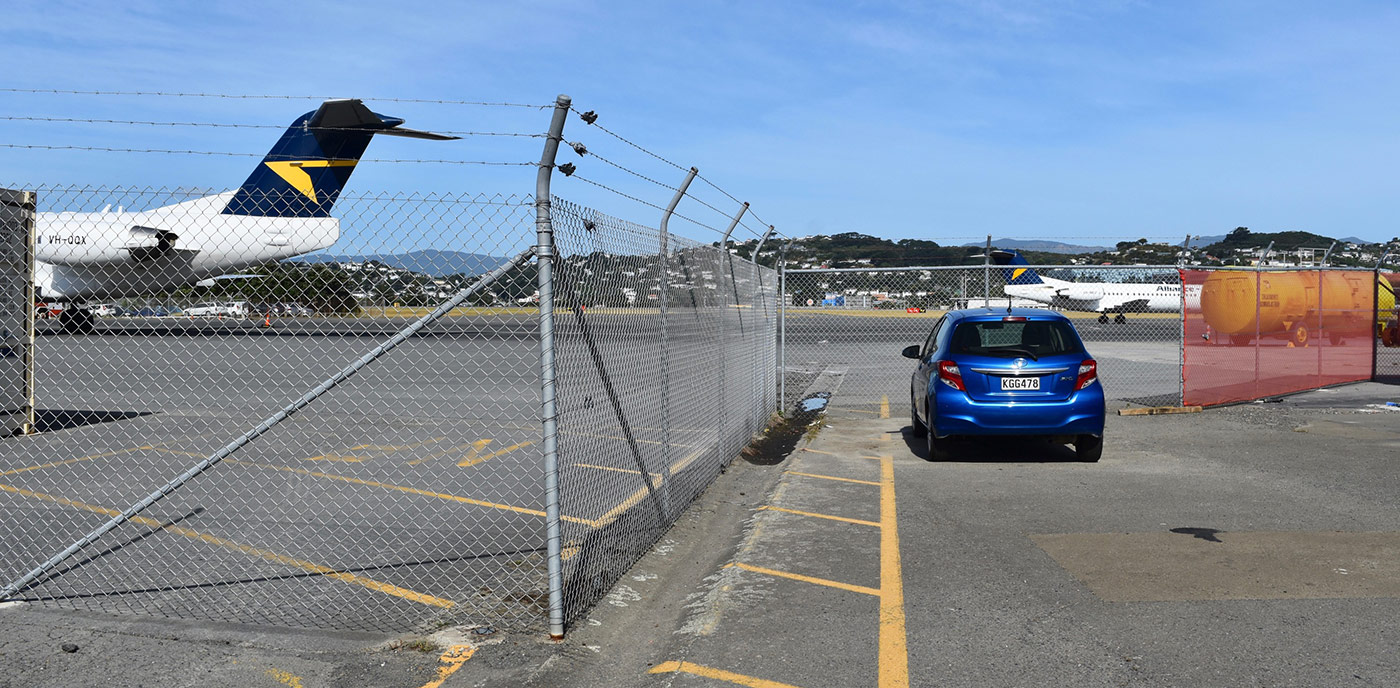
| Spot #10 – George Bolt Street Public Viewing Area – 16/34 arrivals & departures | |
|---|---|
| WHERE | From Spot #10, turn left back onto Tirangi Road and take the next left onto George Bolt Street. At the end of the street, walk along the corridor to the right of the fence signposted ‘Public Viewing Area”; this leads to Spot #11. |
| WHAT | As you are in the middle of the runway all movements on it and the parallel taxiway can be photographed. |
| TIME | Afternoons from about 3pm. |
| MISC. | A 3-step ladder is handy for taking photos over the fence here, otherwise photos can be taken with care through the wire fencing. There are eateries not far away but it’s probably best to bring what you need. There is no shade here but free parking is available nearby. |
| FOCAL LENGTH | Up to 300mm should cover everything from here. An A320 needs about 90mm on the runway; an ATR72 needs about 140mm. |
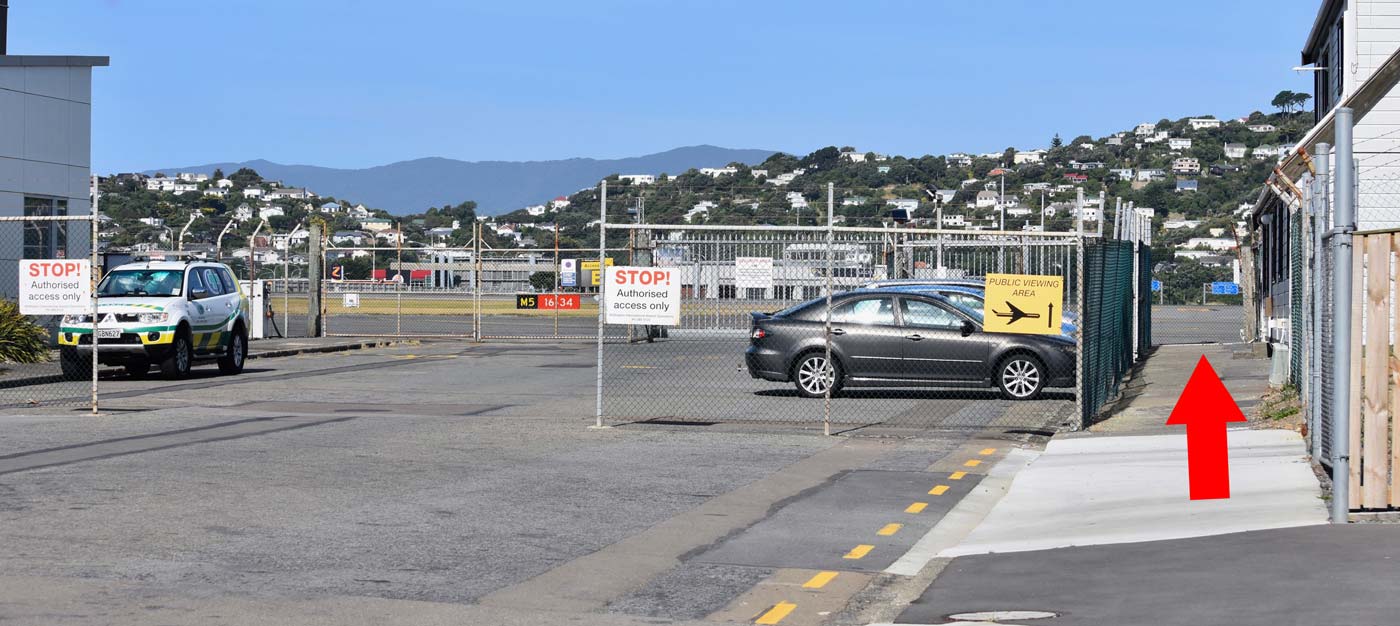
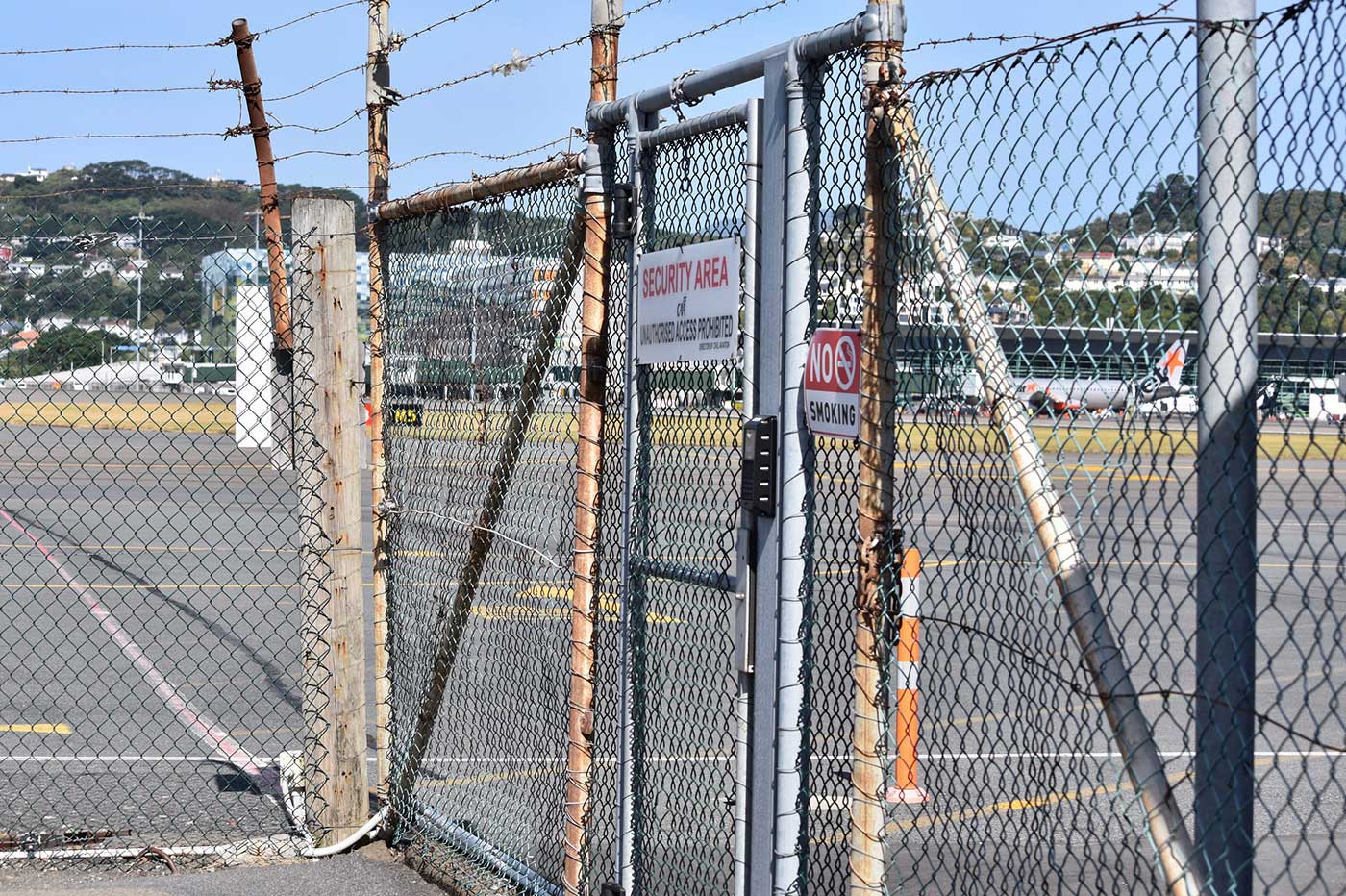
| Spot #11 – Moa Point Road – 34 arrivals & departures | |
|---|---|
| WHERE | From Spot #1, on foot, follow the coastal path behind the runway to the other side of Runway 34. By car, follow Moa Point Road through the tunnel to Spot #12. There are a couple of parking spaces available by this spot but these are often in use by the anglers who like to fish from the adjacent pier. A free car park is available further north along Moa Point Road. Technically, this is a restricted area, but only because the authorities have put down poison to control the rodent population. It’s possible to stand on the ‘right’ side of the danger sign and still get good photos, but you have a few more options if you stand further up the hill; no-one will bother you. |
| WHAT | All traffic landing on Runway 34; all 34 departures using the full length. |
| TIME | Afternoons from about 3pm. |
| MISC. | No ladder needed as you are on an elevated position to photograph over the fence for departures. There are no facilities here so bring what you need. |
| FOCAL LENGTH | Up to 300mm should cover everything from here. The landing ATR72 was at about 100mm; the 737-800 on the taxiway beyond needs about 130mm. |
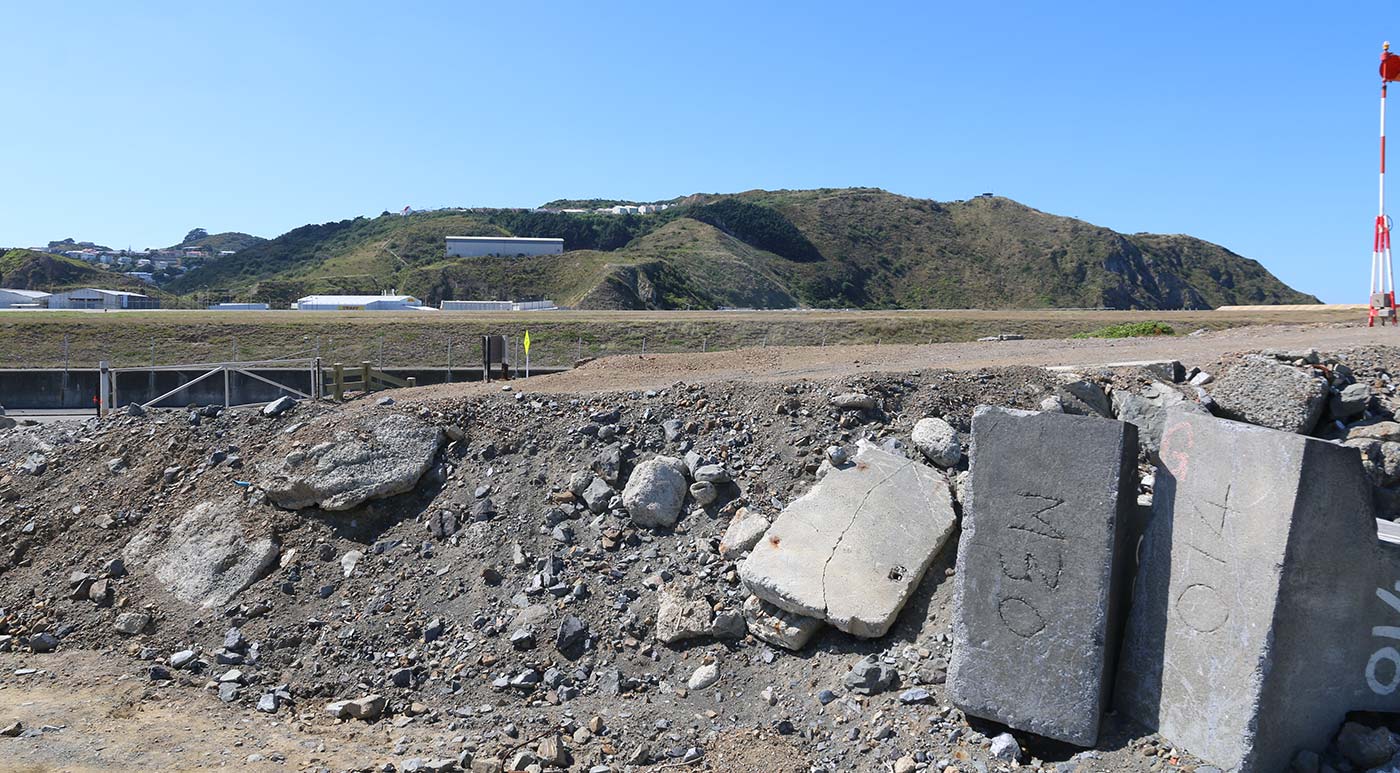
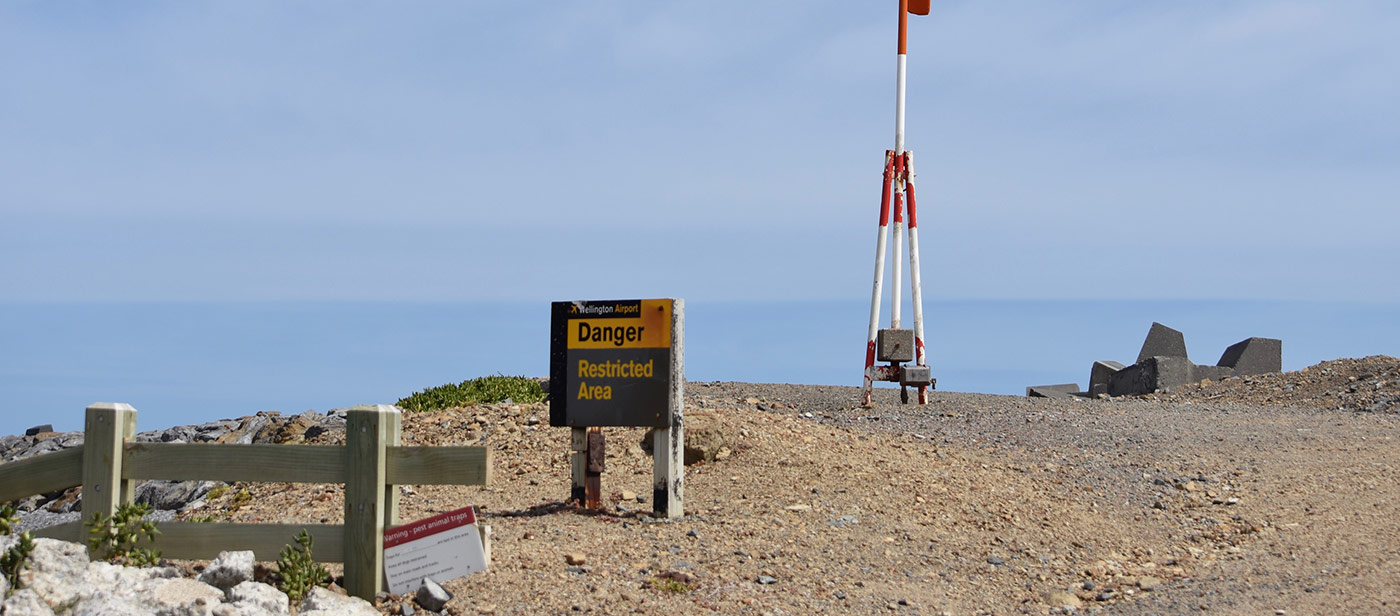




















































Are there any Locals planespotter communities around to be contacted for some advises about public transport to the spots?